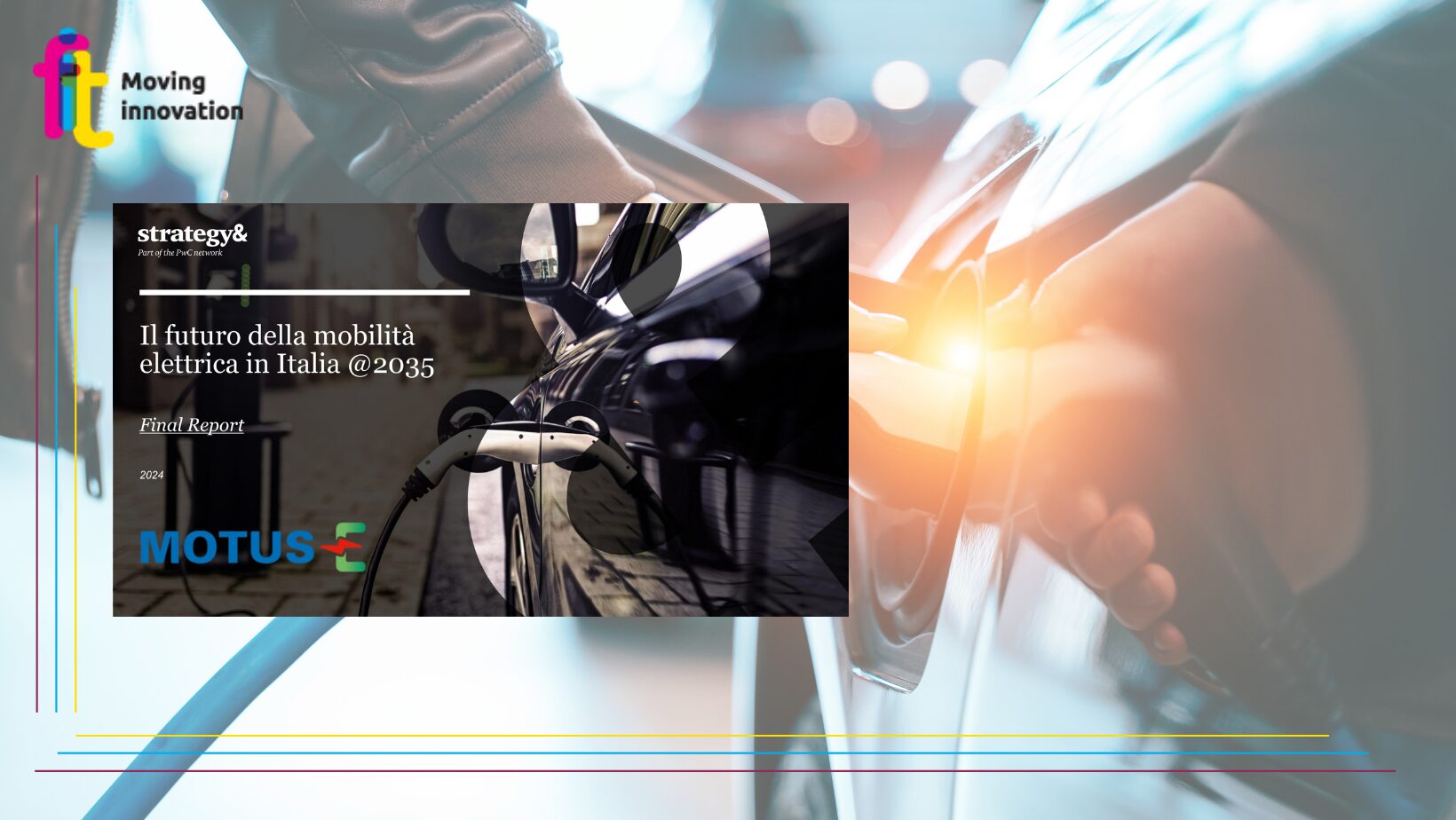The future of electric mobility in Italy to 2035, the Motus-E and PwC Strategy study
By 2035, Italy will have an infrastructure with between 198,000 and 239,000 public-use charging points for electric vehicles, thanks to private investment of up to 4 billion euros, flanked by more than 5 million domestic and business charging points.
This is revealed in the study “The Future of Electric Mobility in Italy to 2035” recently published by Motus-E and PwC Strategy, containing forecasts of the electric vehicle fleet over the next 11 years and the numbers of public and private columns, assuming two different scenarios. Based on the public-use charging points present in Italy to date – about 57,000 points – and the current size of the Italian electric vehicle fleet, the report updates based on the latest regulatory and market developments the country’s penetration forecasts for electric vehicles and plug-in hybrids (considering cars and commercial vehicles), as well as the estimated growth of the charging infrastructure, extending the time horizon to 2035.
The data that emerged from the study and the hypothesized scenarios
Constructing two distinct scenarios – one more conservative, the other accelerated – the study updates based on the latest regulatory and market developments the penetration forecasts in Italy for electric vehicles and plug-in hybrids, as well as the growth estimates of the charging infrastructure, extending the time horizon considered up to 2035.
As anticipated, to date there are about 57,000 public-use charging points in Italy. By 2035, according to the accelerated scenario, the figure will rise to between 198,000 and 239,000 for public-use points, and more than 5 million charging points between domestic and business, thanks to private investment of up to 4 billion euros.
Among those implementing charging infrastructure, Enel is the leading operator with as many as 21,500 charging points installed in Italy. In addition, in 2023 Enel sold more than 70,000 domestic charging stations (wall boxes), confirming a growing interest in private charging.
On the other hand, the analysis in the most conservative scenario predicts, from an infrastructural point of view, the presence in the country of 115,000 charging points for public use in 2030 and 198,000 in 2035, with a composition that will see at the end of the considered horizon 52 percent of points in alternating current (AC), 36 percent of fast type in direct current up to 149 kW of power (DC) and 12 percent ultrafast with power from 150 kW and above (High Power Charger or HPC). Ultra-high-power columns will be the absolute protagonists along highways, with the charging network on the major highways having about 4,000 charging points by 2030 and 7,000 by 2035, all in DC, with 79% ultrafast HPC points and 21% fast DC.
As for private charging infrastructure, on the other hand, the number of household charging points is estimated at 1.5 million in 2030 and 4.4 million in 2035, to which 143,000 and 451,000 charging points in the workplace respectively should be added.
Still under the most conservative scenario, an estimated 2.6 million electric vehicles and 1.2 million plug-in hybrids will be on the road in Italy by 2030. In 2035, BEVs will then grow to 8.6 million units, while plug-ins will remain stable at 1.2 million.
The full study is available here.
Source: TTS Italy







